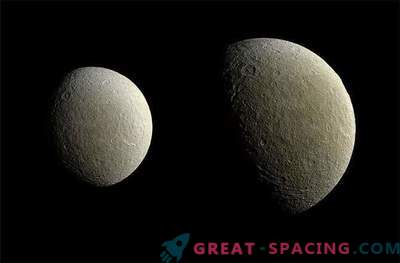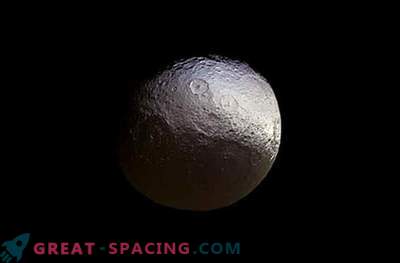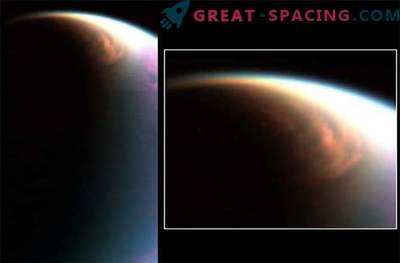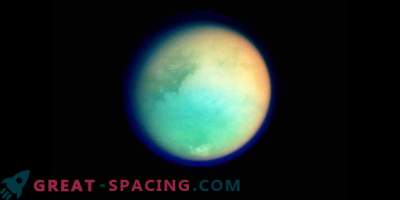
This is the most shocking space news of the 21st century in the literal sense!
Scientists reported that during the flight in 2005, the Cassini spacecraft caught a beam of electrons emanating from the distant satellite of Saturn Hyperion - a highly crater, spongy world, which is 168 miles (270 km) in diameter.
Due to the interaction with Saturn's powerful magnetic field and the solar wind, charged particles accumulate on the porous and rocky surface of Hyperion, accumulating an electrostatic charge just like a carpet. Just as you get a small discharge when touched with a doorknob or other conductive object, the Cassini plasma spectrometer (CAPS) detected a short magnetic coupling and a burst of electrons as it flew near Hyperion on September 26, 2005.
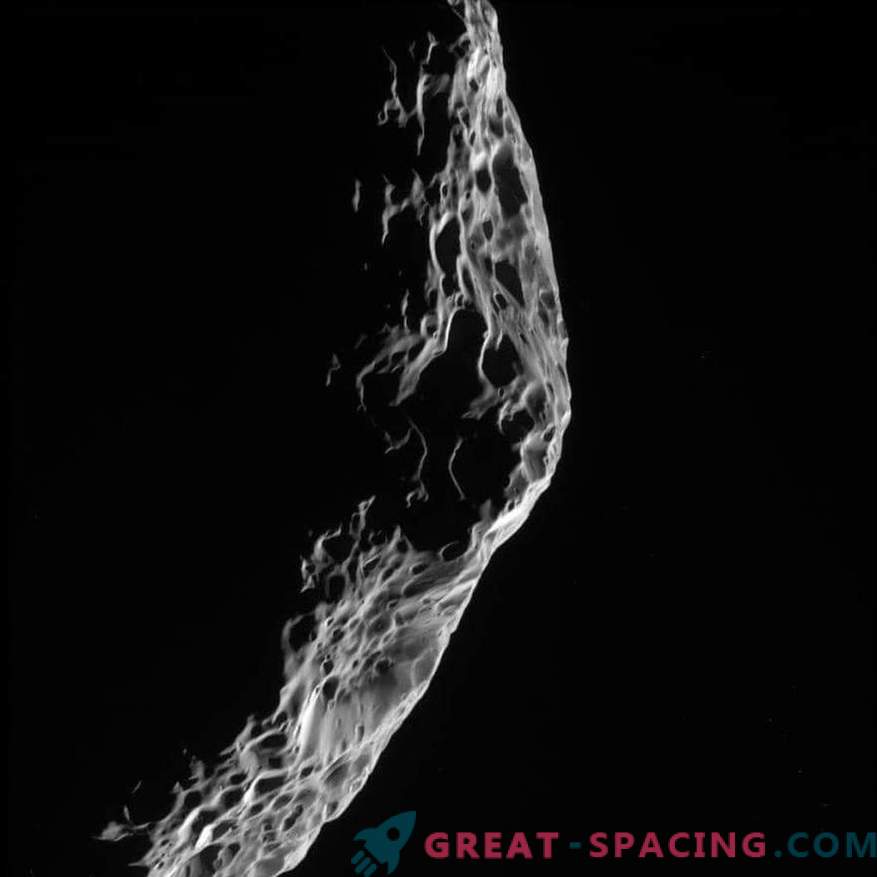
This magnificent view of the satellite Hyperion in a false color shows clear surface details. Differences in color may hint at a different composition. The observation was carried out on September 26, 2005 by the Cassini apparatus. Hyperion endowed with a reddish color, if fixed in a natural color. In this picture, it is softened to show other shades.
“The large potential difference between the satellite’s surface and the spacecraft created a stream of electrons that went from Hyperion to Cassini,” said Tom Nordheim, a specialist from the Space Science Laboratory (MSSL), University College London. "It was as if Cassini received a 200 Volt shock from Hyperion, even if it was 2,000 kilometers from the satellite." Although this was a predictable phenomenon, for the first time a charged surface was determined outside the Earth-Moon system.
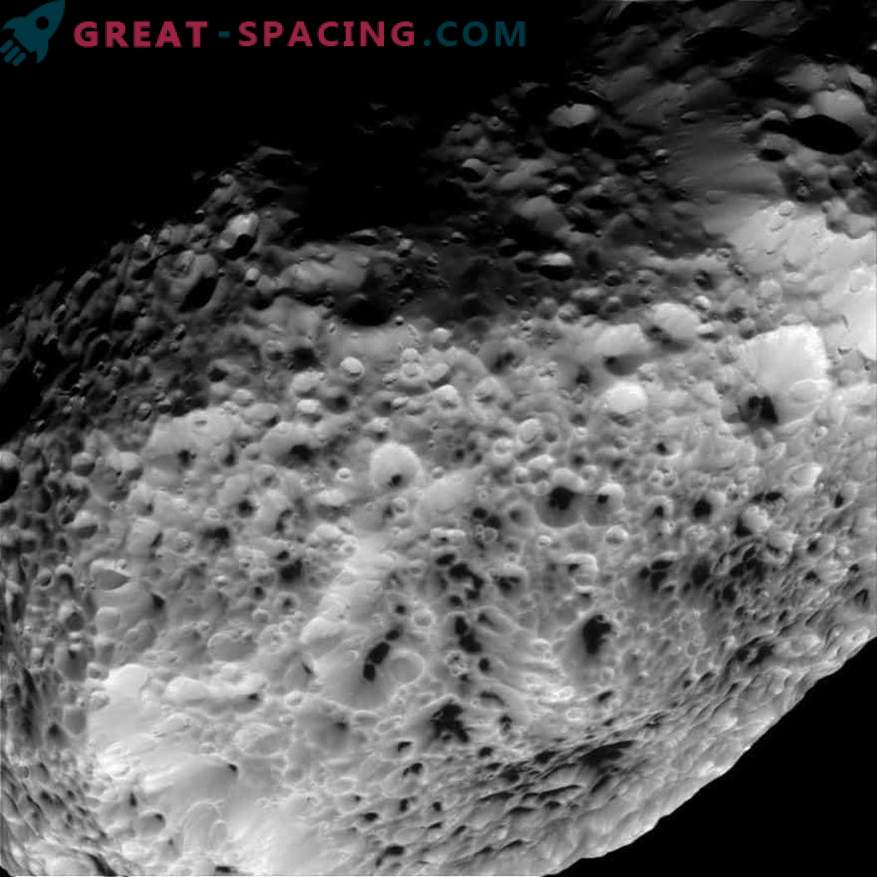
NASA image processing researchers reviewed this review of Hyperion made by the Cassini staff during the close span of May 31, 2015. The northern part rises a little and turns 55 degrees to the right. For the picture used visible light and a narrow-angle camera. The device came to a distance of 38,000 km at an angle of 46 degrees. Scale: 230 m per pixel.
While Cassini himself was not damaged by this discharge, for scientists this phenomenon is very important to study, since future researchers, regardless of whether this person or a robot, could potentially be harmed.
Cassini, in orbit of Saturn for more than ten years, has once again proved that many surprises await us in the solar system.



